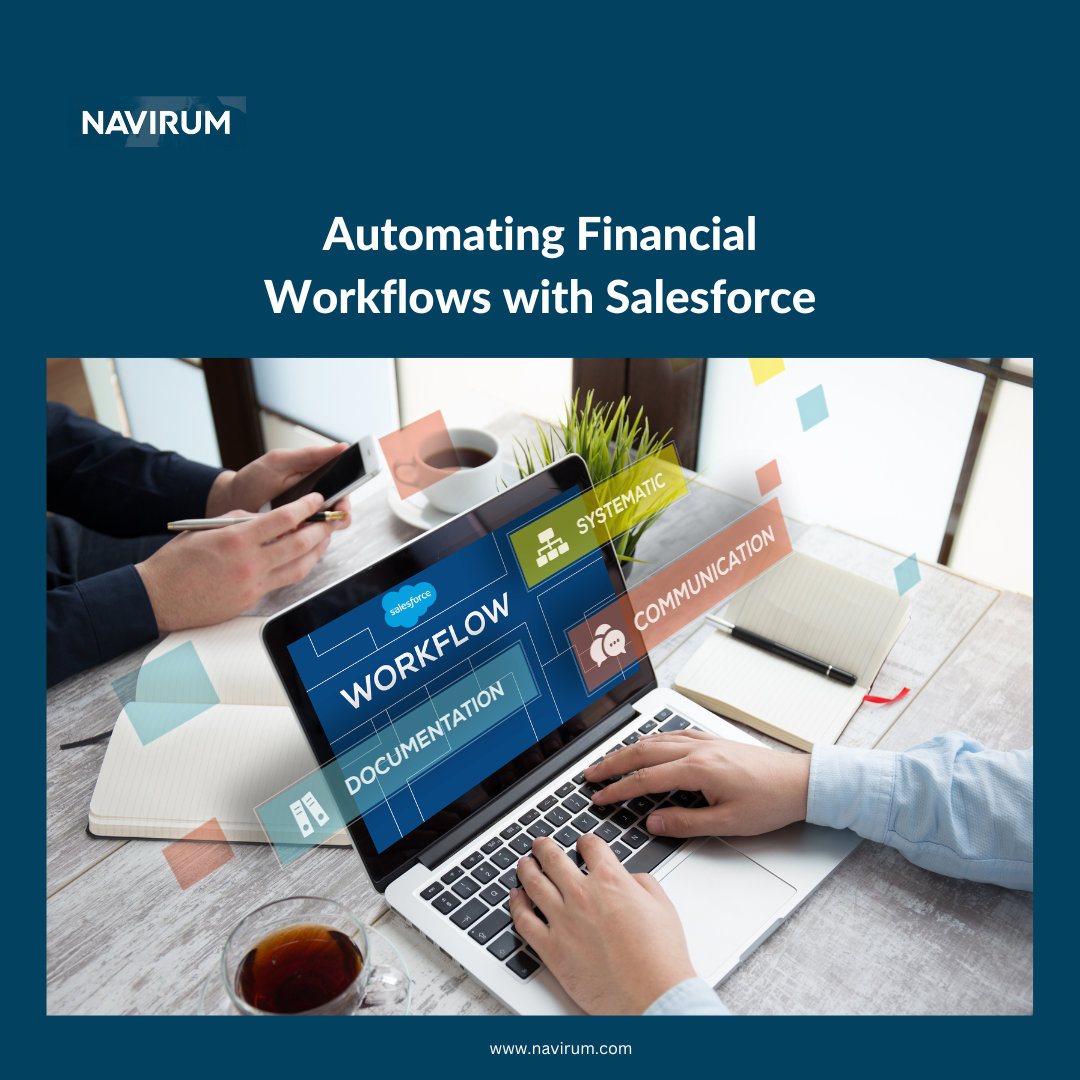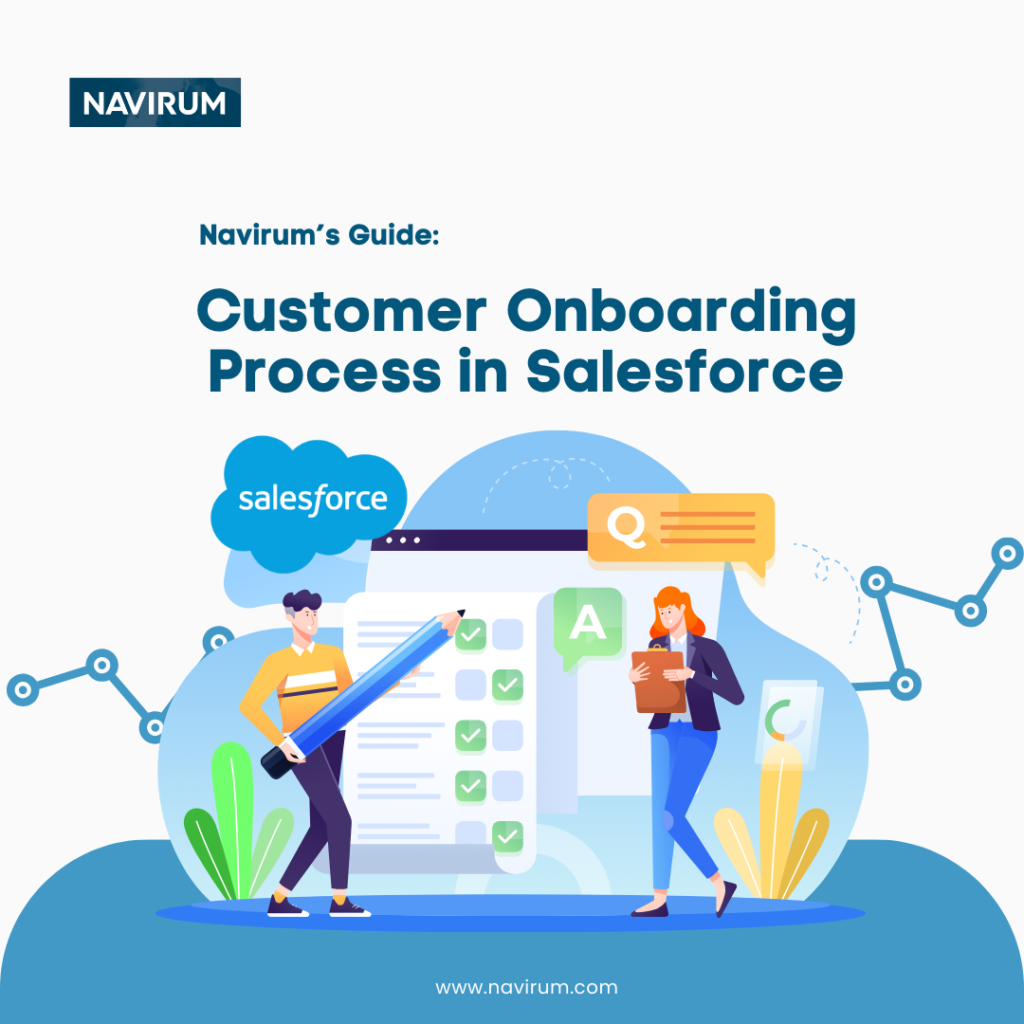Did you ever wonder why Salesforce is world’s leading CRM, or what is its role in the financial services transformation? Digital transformation has become imperative in the financial industry, reshaping the way institutions operate and interact with their clients. Salesforce stands out as a pivotal player in this transformation journey, offering a suite of innovative tools and solutions designed to revolutionize financial services. From automation to data analytics, Salesforce provides a comprehensive platform that empowers financial institutions to adapt to evolving market dynamics and customer expectations.
Salesforce Driving Digital Transformation
Salesforce serves as a catalyst for digital transformation in the financial sector by enabling institutions to embrace automation, data-driven decision-making, and enhanced customer experiences. Through Salesforce’s robust CRM capabilities, financial institutions can streamline processes, gain deeper insights into customer behaviors, and deliver personalized services at scale. Moreover, Salesforce’s ecosystem of apps and integrations empowers organizations to leverage cutting-edge technologies like AI and IoT to drive innovation and stay ahead in a rapidly evolving landscape.
Regulatory Compliance in Financial Services with Salesforce
Navigating the complex regulatory landscape is a top priority for financial institutions. Salesforce offers a range of features and tools to help organizations stay compliant with industry regulations. From built-in compliance controls to customizable workflows for regulatory reporting, Salesforce provides a secure and auditable environment for managing sensitive financial data. Additionally, Salesforce’s continuous updates and adherence to industry standards ensure that institutions can maintain compliance with confidence.
Enhancing Customer Engagement in Finance with Salesforce
In today’s competitive landscape, delivering exceptional customer experiences is paramount for financial institutions. Salesforce equips organizations with powerful tools to enhance customer engagement across various touchpoints. With features like personalized client portals, omnichannel communication, and AI-driven recommendations, financial institutions can build deeper relationships with their clients, anticipate their needs, and deliver tailored solutions that drive satisfaction and loyalty.
Salesforce Financial Services Cloud Overview
Salesforce Financial Services Cloud is a tailored solution designed to meet the unique needs of financial institutions. It provides a comprehensive view of clients, enabling advisors to deliver personalized recommendations and proactive service. With features like wealth management tools, advisor dashboards, and compliance controls, Financial Services Cloud empowers organizations to drive growth, build trust, and deliver value to their clients.
Automating Financial Workflows with Salesforce
Automation is key to improving efficiency and reducing operational costs in financial services. Salesforce offers robust automation capabilities that streamline financial workflows, from account opening to loan origination and claims processing. By automating routine tasks and eliminating manual errors, financial institutions can focus their resources on high-value activities, enhance productivity, and accelerate business processes.
Salesforce Integration for Banking Systems
Integrating Salesforce with core banking systems is essential for seamless data flow and operational efficiency. Salesforce provides a range of integration tools and APIs that enable organizations to connect Salesforce with their existing banking systems. Whether it’s CRM data integration, API management, or real-time synchronization, Salesforce ensures that financial institutions can access accurate and up-to-date information across their entire ecosystem, driving better decision-making and customer experiences.
Data Security in Financial Services: Salesforce Best Practices
Maintaining data security and compliance standards is a top priority for financial institutions. Salesforce offers a robust set of security features and best practices to safeguard sensitive financial data. From role-based access controls to data encryption and compliance monitoring, Salesforce ensures that data is protected at every stage of the customer journey. Additionally, Salesforce’s commitment to trust and transparency provides organizations with the confidence they need to securely manage their data and meet regulatory requirements.
Salesforce Analytics for Financial Reporting
Data-driven insights are essential for informed decision-making in financial services. Salesforce provides powerful analytics tools that enable organizations to gain deeper insights into their business performance, customer behaviors, and market trends. With customizable dashboards, predictive analytics, and AI-driven insights, financial institutions can unlock hidden opportunities, mitigate risks, and drive strategic growth initiatives.
Implementing Salesforce for Wealth Management
Wealth management requires personalized solutions and proactive client engagement. Salesforce offers specialized tools and features tailored for wealth management, including client profiling, portfolio management, and financial planning. By centralizing client information and automating routine tasks, financial advisors can focus on building relationships, delivering tailored advice, and driving better outcomes for their clients.
Mobile Banking Solutions with Salesforce
In today’s mobile-first world, offering mobile banking solutions is essential for meeting customer expectations. Salesforce enables financial institutions to deliver seamless mobile experiences through mobile apps, SMS notifications, and mobile-responsive portals. By providing clients with anytime, anywhere access to their accounts and services, financial institutions can enhance convenience, improve satisfaction, and drive loyalty.
Salesforce AI in Predictive Analytics for Finance
Predictive analytics powered by AI is revolutionizing how financial institutions forecast market trends and customer behaviors. Salesforce offers advanced AI capabilities that enable organizations to predict market trends, identify opportunities, and anticipate customer needs. Whether it’s predictive lead scoring, risk assessment, or investment recommendations, Salesforce’s AI-driven insights empower financial institutions to make smarter decisions and stay ahead of the competition.
Client Onboarding Excellence with Salesforce
Efficient client onboarding is critical for delivering a seamless customer experience and accelerating time to value. Salesforce provides tools and workflows that streamline the client onboarding process, from automated document generation to e-signatures and workflow automation. By digitizing and automating manual tasks, financial institutions can reduce errors, improve compliance, and enhance the overall onboarding experience for their clients.
Salesforce and Blockchain Integration for Finance
Blockchain technology has the potential to transform various aspects of financial services, from payments to securities trading and beyond. Salesforce enables organizations to integrate blockchain technology into their existing processes and workflows. Whether it’s smart contracts, distributed ledgers, or tokenization, Salesforce provides the infrastructure and tools needed to harness the power of blockchain and drive innovation in finance.
Salesforce Lightning for Financial Advisors
Financial advisors rely on tools and technology to deliver value-added services and insights to their clients. Salesforce Lightning Experience provides financial advisors with a modern and intuitive platform for managing client relationships, accessing real-time data, and collaborating with colleagues. With customizable dashboards, productivity tools, and built-in compliance controls, Salesforce Lightning empowers financial advisors to deliver exceptional service and drive better outcomes for their clients.
Multi-Channel Marketing Strategies for Financial Services with Salesforce
Effective marketing is essential for attracting and retaining customers in the highly competitive financial services industry. Salesforce offers powerful tools and capabilities for executing multi-channel marketing strategies, including email campaigns, social media integration, and personalized marketing automation. By leveraging Salesforce’s marketing automation features, financial institutions can deliver targeted and relevant messages to their customers across multiple channels, driving engagement and loyalty.
Managing Financial Data Governance in Salesforce
Financial institutions must adhere to strict data governance standards to protect sensitive financial information and maintain regulatory compliance. Salesforce provides a range of tools and best practices for managing financial data governance, including data lineage tracking, data quality management, and regulatory compliance controls. By implementing robust data governance processes within Salesforce, organizations can ensure data integrity, mitigate risks, and maintain trust with their customers.
Salesforce CPQ for Financial Products
Configuring, pricing, and quoting financial products can be complex and time-consuming. Salesforce CPQ (Configure, Price, Quote) streamlines this process by automating the generation of accurate quotes and proposals. With Salesforce CPQ, financial institutions can simplify pricing structures, bundle products, and generate quotes quickly and efficiently, enabling sales teams to close deals faster and improve overall productivity.
Salesforce Community Cloud for Financial Institutions
Collaboration is essential for driving innovation and delivering exceptional customer experiences in financial services. Salesforce Community Cloud provides financial institutions with a platform for fostering collaboration among employees, partners, and customers. Whether it’s client communities, partner portals, or internal collaboration hubs, Salesforce Community Cloud enables organizations to connect, communicate, and collaborate more effectively, driving better outcomes for all stakeholders.
AI-Powered Chatbots for Financial Customer Support
Providing timely and personalized customer support is critical for building trust and loyalty in financial services. Salesforce integrates AI-powered chatbots into its platform, enabling organizations to deliver intelligent and proactive support to their customers. With AI-powered chatbots, financial institutions can automate routine inquiries, provide instant responses, and offer personalized recommendations, improving the overall customer support experience and driving satisfaction.
Whether it’s enhancing operational workflows, refining client relationship management, or driving revenue growth, our consultants specialize in tailoring Salesforce solutions to suit your specific needs. Don’t let uncertainties hinder your progress; take the proactive step toward unlocking the full potential of Salesforce for your financial services firm. Reach out to us today and let’s collaborate to navigate the complexities of the industry together, driving sustainable success and growth.













